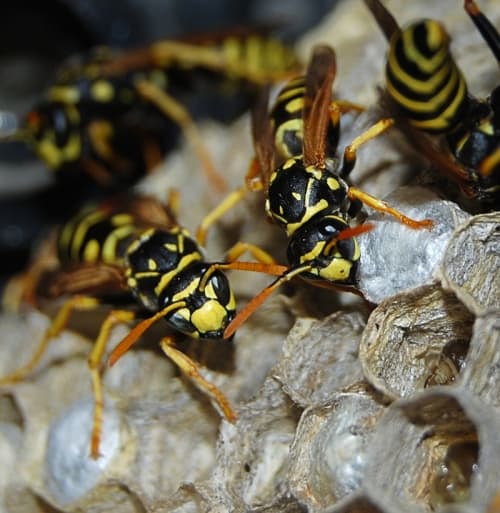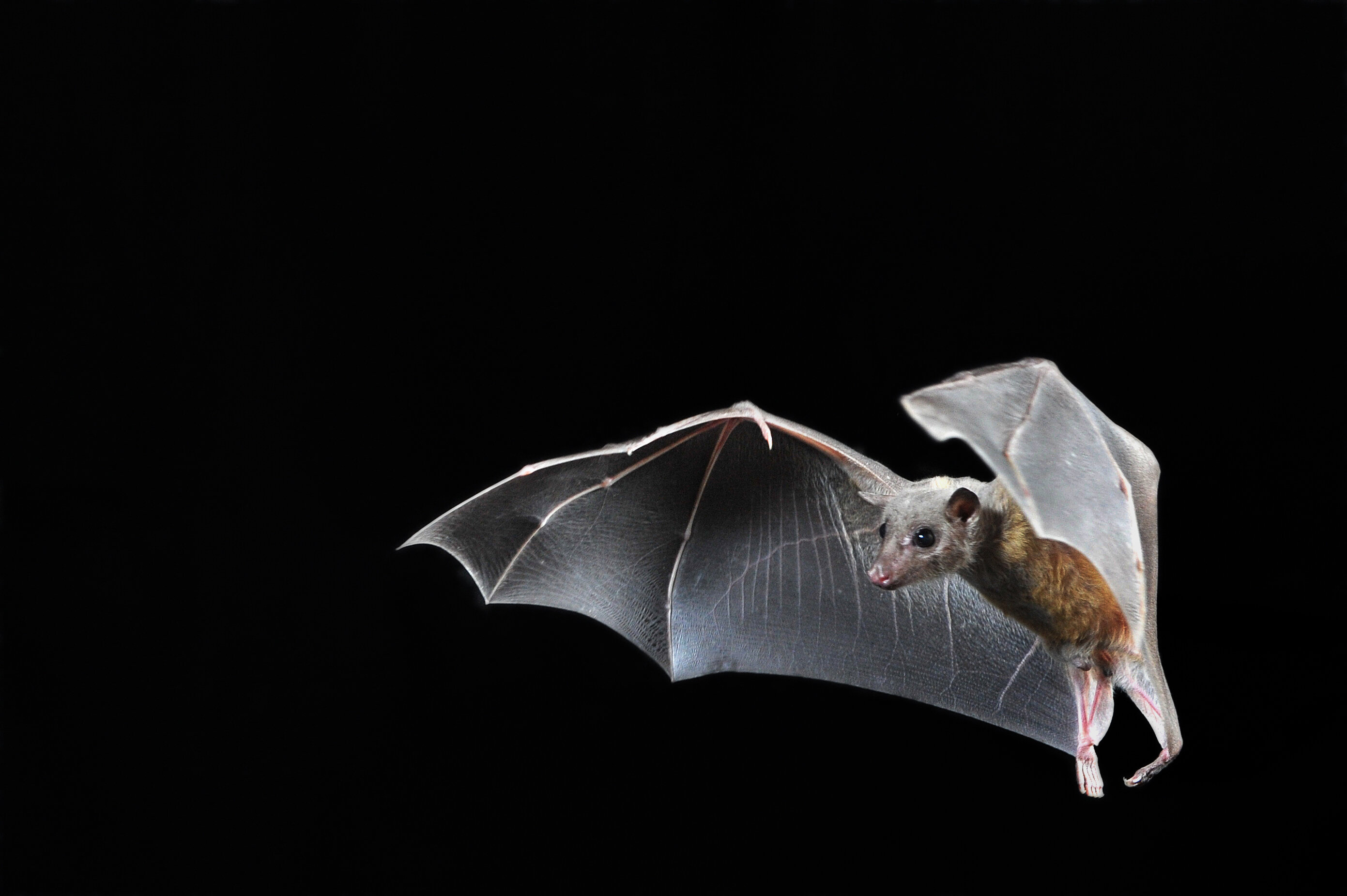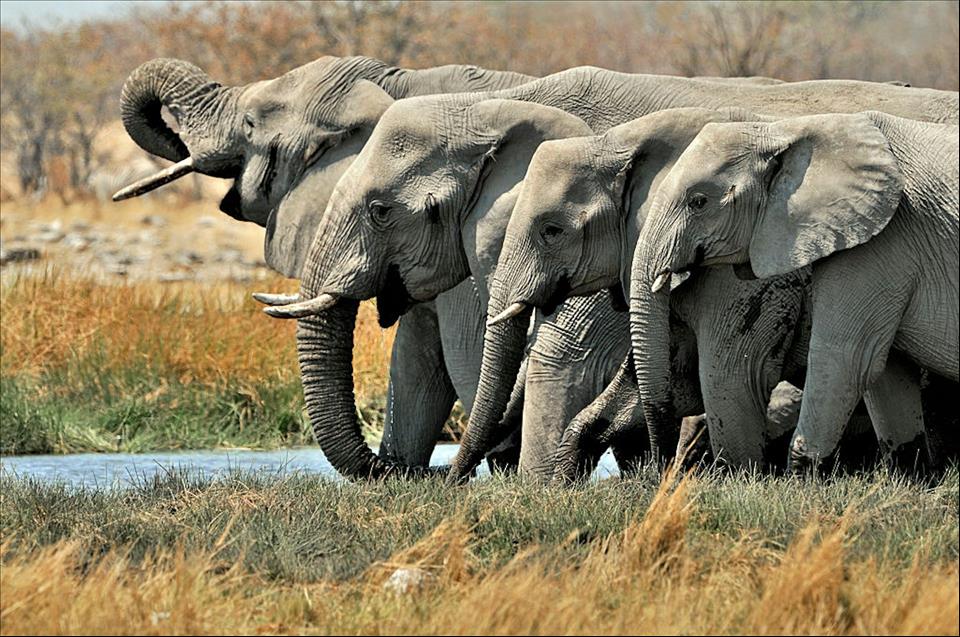
Mark Zuckerberg would not be one of 100 wealthiest and most influential people in the world without the help of wasps. I mean the six-legged kind (whether or not two-legged WASPs should get any of the credit is something for attorneys to discuss and will not be addressed here).
It’s a lengthy timeline but easy enough to follow*:

There you have it—no social insects, no social primates and, therefore, no need for a social network. When you think about it, Facebook isn’t just an online community. It’s a kind of virtual hive. You and Mark owe more to wasps that you may have ever realized.

Not all wasps are gregarious, mind you. The majority of species, including mud daubers (Sphecidae), pollen wasps (Masarinae) and potter wasps (Eumeninae) are solitary. You know the type… quiet, poorly developed interpersonal skills,keep to themselves, rarely cause much trouble. A lot of them don’t even have stingers and they take the term “wasp-waisted” to extremes. We’ll respect their privacy, at least for now, and come back for a visit some other day.
Meanwhile, here in the U.S. we have two basic types of social wasps: paper wasps (Polistes spp.) and yellowjackets (Vespula spp. and Dolichovespula spp.). The two groups are often lumped together under the “hornet” tag, but the introduced European hornet (Vespa crabro) is the only true member of that Family found in North America.
With a few exceptions, wasps have two pairs of wings and can be distinguished from bees by that narrow waist (aka petiole) between the thorax and abdomen. The ovipositor (an organ used to prepare and position eggs) of a fertile queen becomes the stinger of an infertile worker females; males are not capable of stinging. Unlike honey bees (Apis spp.), wasps do not leave their stinger behind and are able to deliver multiple injections of venom.
Adult wasps feed on nectar and, as a result, can be classified as pollinators. Some social wasps are omnivorous, feeding on fallen fruit as well as carrion; yellowjackets are especially attracted to open garbage cans and dumpsters, drawn perhaps to the sweet, sticky spillage from nearly empty soda cans and bottles as well as other types of decaying leftovers.

Yellowjacket (Vespula germanica)
Wasps come in a rainbow of colors, including vivid yellows, metallic blues, and bright reds (keep this helpful rule of thumb in mind when interacting with insects—flamboyant wardrobes usually serve as a “don’t touch!” warning, backed up with some kind of poison or venom). Because they often share a brown or black and yellow color scheme, paper wasps are often misidentified as yellowjackets. I don’t want to encourage you to get up close and personal to make the identification and, luckily, there’s no need. The easiest way to tell them apart is by their nests.
Paper wasps and yellowjackets will nest in trees, under building eaves, in walls, and just about any other place that offers some protection from the elements. Both types of wasp use chewed wood fibers as the main construction material, even when building underground, as yellowjackets often do.

Paper wasp combs attach with a single filament and consist of one tier of adjacent papery hexagonal brood cells for developing larvae. Each cell is open on one end so you can actually see the contents, if you choose (but please keep a safe distance. Better yet, just look closely at the opening photo above). Typically, a mature nest contains 20-30 adults and rarely grows to more than 200 cells. Paper wasps usually attack only when they or the nest is threatened, but they are territorial. As an interesting aside, the northern paper wasp (Polistes fuscatus) has extremely variable facial patterns and recent research suggests their facial recognition abilities are similar to those of humans and chimpanzees (Pan spp.). Obviously, individuality affords some benefit, even among drones—so much for faceless anonymity.

Yellowjackets prefer to raise their young in a kind of fortress that looks more like what we would think of as a hive, with layers and layers of brood cell combs. The whole structure is completely enclosed with the exception of a single entrance hole. Queens establish new colonies each spring, often returning to the site of a previous nest (the location is identified by a chemical scent marker recognizable even to a first-year queen). However, if the structure is particularly well-protected from the weather—in the wall of a house, say—it may become a perennial nest, populated year-round. Yellowjacket hives may range in size from several inches (at the beginning of the colony’s history) to enormous structures measuring six feet or more and housing as many as 20,000 adult workers.
Wasp control is dangerous, especially for people who have heart conditions or known allergies to the venom, so it’s important to know what you’re dealing with before you take action. There’s a huge difference between avoiding 20 winged assailants and outrunning 20,000. Moreover, yellowjackets tend to be more aggressive—they don’t give up the pursuit as quickly. [For more information on how to safely manage wasps, download a fact sheet courtesy Drs. Mike Merchant and Glen Moore of my alma mater, Texas A&M. Whoop!]
Don’t be too quick to declare war on wasps, though. In addition to their important role in plant pollination, nearly every pest insect species has at least one wasp species that preys or parasitizes it, making wasps a critically important natural biocontrol that benefit agricultural and even home gardeners. If that’s not enough to convince you to live and let live with wasps, when possible, image your life without social media!
I’m serious—next time you see some wasps congregating around your front porch, take a moment to say thanks… just before you blast the nest with with the hose, knock it down with a broom handle, and then grind it into the sidewalk with your shoe to be sure there are no survivors (don’t act all innocent with me—I can see that can of Hot Shot® behind your back).
When you’re finished, don’t forget to post about it on Facebook!
*NOTE: As new discoveries are made, scientists continually discuss, argue, and refine our understanding of the evolutionary history of life on Earth. I realize this timeline is simplistic but it is based on currently available research. My intention was to create a captivating introduction to a post on wasps by illustrating a connection between Zuckerberg, social networks, and the Vespidae Family. If you have a nit to pick about my portrayal of the fossil record and its accuracy—cut me a little slack, okay? I’m a writer and an urban wildlife biologist, not a taxonomist.Plus my beloved MacBook Pro died last week so I’m way behind schedule, stressed out, and in mourning (I did pull myself together long enough to purchased a new MacBook Pro and, I must say, it has been incredibly supportive as I struggle overcome my grief.)
©2012 Next-Door Nature—no reprints without written permission from the author (I’d love for you to share my work; all you have to do is ask). Thanks to these photographers for making their work available through a Creative Commons license: [starting from the top] roadsidepictures (paper wasp on nest); Malcolm Tattersall (mud dauber); Richard Bartz (yellowjacket on leaf);Bob Peterson (paper wasp nest in situ); and Jason Hollinger (yellowjacket nest).
Kieran Lindsey
Kieran Lindsey loves looking for wild things in all the wrong places... so she became an urban biologist. Her quest to entice others to share this passion led to flirtations with (gasp!) the media—as a columnist for the Houston Chronicle; as host of KUNM-FM’s Wild Things; as producer of an Emmy® winning wildlife documentary; and at her Next-Door Nature blog. Kieran has way too much fun as official Animal-Vehicle Biologist for NPR's Car Talk, and she isn’t ashamed to admit it.








Leave a Reply